We often get questions regarding bone grafting for oral surgery procedures. Bone in your jaws is responsible for maintaining healthy teeth and strength while chewing. This bone called alveolar bone surrounds the tooth's roots and helps anchor the teeth. When a tooth is extracted there is a void left in the socket of the tooth. As your body heals, this socket remodels decreasing in height and width affecting the overall volume of bone. This bone is vital for maintaining support to the adjacent teeth, preserving the strength of the jaws, and for supporting a future implant. We overcome this natural shrinking of bone by placing bone graft into an extraction site at the time of extraction, called a socket preservation. The bone graft signals to the body and acts as a scaffold to lay down new bone keeping most of the volume of the alveolar bone. When teeth are congenitally missing, traumatically lost, or extracted without bone grafting, that area of the jaw is most likely deficient and will require bone grafting prior to or at the same time as placing a dental implant. This natural turn over of bone can take about three months to turn over, and sometimes longer for larger bone grafts.
When we bone graft, we utilize a technique called guided tissue regeneration. Different types of tissue (gums, muscle, bone) heal at different rates. We optimize bone formation by isolating the bone from the soft tissue in order that the soft tissue doesn't grow into our bone graft and infiltrate it. By using various types of "membranes" allows for the bone graft to be contained, creating a barrier for the soft tissue ingrowth.
At Johnson Oral Facial Surgery we are always utilizing the best products and advances in technology in bone grafting with our patients.







